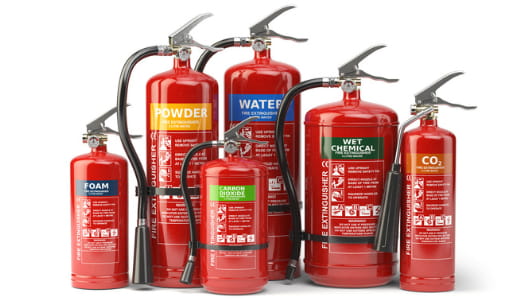Fire can be a towering inferno, placing life, planet and property at risk. Flames lick the sky, threatening to spread and create a catastrophic situation. In such high-pressure scenarios, first responders rely on tools that deliver rapid-fire suppression. This is where Aqueous Film Forming Foam (AFFF) comes into play.
AFFF technology stands as a game-changer in firefighting, offering a quick extinguishing solution specifically designed to tackle fires involving flammable liquids. But what exactly makes AFFF so effective?
Understanding Fire Classifications
Fires are categorized based on the type of fuel burned. These classifications are crucial for selecting the appropriate firefighting method. Here’s a breakdown of the most common fire types:
- Class A Fires: Ordinary combustibles like wood, paper, and textiles. Water is the go-to extinguisher for these fires as it effectively cools and soaks the burning materials.
- Class B Fires: Flammable liquids like – gasoline, oil, and grease. Water can actually spread these fires, making them more dangerous. This is where AFFF excels.
- Class C Fires: Electrical fires involving energized equipment. Special dry chemical extinguishers are used for these fires to avoid conducting electricity with water.
While water is effective for Class A fires, it has limitations when dealing with Class B fires. Here’s why AFFF is the preferred choice for flammable liquid fires:
1) Spreading vs. Smothering: Water tends to spread burning liquids, creating a larger flammable surface area. AFFF, on the other hand, smothers the flames by creating a film on the surface, effectively cutting off the oxygen supply.
2) Ineffectiveness on Floating Fuels: Water doesn’t mix well with oil and gasoline, allowing these flammable liquids to float on top and continue burning. AFFF, with its film-forming properties, effectively extinguishes both submerged and floating flammable liquids.
A Closer Look at AFFF Properties
The effectiveness of AFFF lies in its unique composition, a blend of several key components working together to extinguish fires:
- Water: The primary carrier for the other components, making AFFF easy to transport and apply in firefighting situations.
- Fluorinated Surfactants: These are the magic ingredients of AFFF. Surfactants act like detergents, lowering the surface tension of liquids. In the context of fire suppression, they significantly reduce the surface tension of flammable liquids like gasoline or oil. This allows the AFFF solution to spread rapidly and evenly over the burning fuel surface.
- Film-forming Polymers: Once spread, the fluorinated surfactants in AFFF facilitate the formation of a thin, vapor-suppressing film on the fuel surface. This film acts as a double-edged sword:
-
- Suffocating the Flames: The film physically blocks oxygen from reaching the fuel, smothering the flames.
- Suppressing Flammable Vapors: The film also suppresses the emission of flammable vapors, preventing re-ignition and further spread of the fire.
The combined action of surface tension reduction and film formation is what makes AFFF so effective in extinguishing Class B fires. Additionally, different AFFF formulations exist for specific purposes:
For instance, AR-AFFF (Alcohol Resistant AFFF) is a type of AFFF is specifically designed to tackle fires involving polar solvents like alcohols, which can be more challenging to extinguish with traditional AFFF formulations.
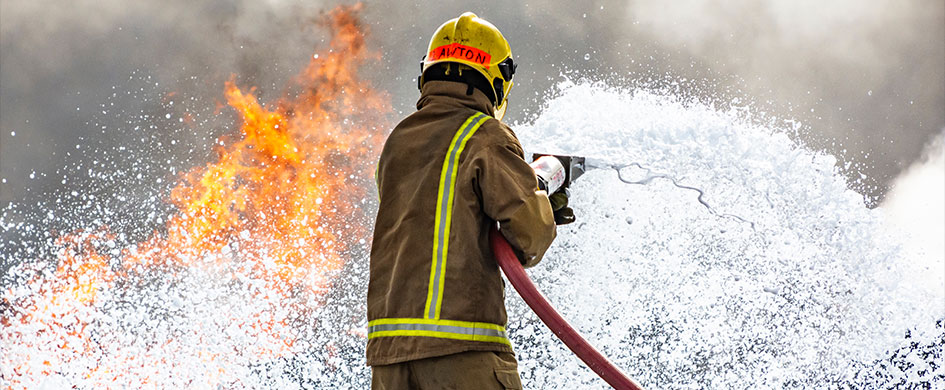
The Power of Rapid Fire Suppression with AFFF
The true strength of AFFF lies in its ability to deliver rapid fire suppression. Here’s a closer look at how AFFF technology excels in combating fires:
1) Speed: Compared to traditional methods like water, AFFF extinguishes fires significantly faster. This minimizes damage and reduces the risk to firefighters and property. Studies have shown that AFFF can extinguish fires in a fraction of the time it takes water, particularly for larger flammable liquid spills.
2) Smothering and Cooling: While the film formation smothers the flames by cutting off the constant oxygen supply, AFFF also plays a role in cooling the burning fuel. This two-pronged attack ensures a faster and more complete fire extinguishment. The cooling effect is achieved by the water content in the AFFF solution absorbing heat from the burning fuel.
3) Flow: Unlike plain water, AFFF exhibits excellent flowability. This allows it to easily navigate uneven terrains, flow around obstacles, and reach hidden pockets of burning fuel. This makes AFFF effective in various fire scenarios, from industrial spills to airplane crashes involving flammable liquids.
Imagine the difference between a firefighter desperately trying to contain a spreading pool of gasoline fire with water, and one effortlessly blanketing the flames with AFFF, quickly extinguishing the blaze. This is the power of rapid fire suppression with AFFF technology.
Additional Benefits of AFFF
While rapid fire suppression is AFFF’s primary strength, it offers some additional benefits that enhance firefighter safety and overall fire control:
1) Preventing Reignition (Burn Back): The AFFF film formed on the fuel surface doesn’t just extinguish flames; it also acts as a barrier, hindering the fuel from reaching its ignition temperature again. This significantly reduces the risk of burn backs, where extinguished fires reignite after some time.
Burn backs can be particularly dangerous as firefighters may assume the fire is under control. The AFFF film helps to prevent this by providing a layer of protection that suppresses flammable vapors and prevents re-ignition.
2) Shielding from Radiant Heat: Burning fires generate intense radiant heat, posing a danger to firefighters and surrounding structures. The AFFF film acts as a shield, absorbing and deflecting some of this radiant heat.
This creates a safer environment for firefighting operations by reducing the heat exposure for firefighters and minimizing the risk of structural damage from the radiant heat.
Considerations and Responsible Use
While AFFF has revolutionized fire suppression, ongoing research highlights potential environmental concerns associated with some traditional AFFF formulations. These concerns stem from the presence of certain per- and polyfluoroalkyl substances (PFAS). PFAS are man-made chemicals that are persistent in the environment and can potentially pose health risks.
Here’s a breakdown of the environmental considerations and responsible use practices for AFFF:
- Environmental Impact of PFAS: Traditional AFFF formulations may contain PFAS, which can be released into the environment during firefighting operations or training exercises. These chemicals can accumulate deep in the soil and water and potentially harm wildlife and human health.
- Development of Fluorine-Free Alternatives: To address these concerns, significant efforts are underway to develop fluorine-free AFFF alternatives. These new formulations offer similar fire suppression capabilities while minimizing environmental impact. Research is ongoing to ensure these alternatives are as effective as traditional AFFF formulations.
- Responsible Use and Disposal: Fire departments and personnel should follow established guidelines for handling, using, and disposing of AFFF solutions. This includes proper storage, training on responsible application techniques, and following regulations for disposal to minimize environmental risks.
Conclusion
AFFF technology has undoubtedly transformed the fire service, offering a powerful tool for rapid fire suppression, particularly for Class B fires. Its ability to quickly extinguish flames, cool burning fuels, and prevent re-ignition makes it a valuable asset in firefighting.
However, as research on environmental impact continues, the development of Eco-friendly fluorine-free alternatives is crucial for a sustainable future. By embracing these advancements and prioritizing responsible use practices, AFFF technology can continue to play a very significant role in protecting lives and property from fire hazards.
Key Info: Fire safety is a shared responsibility. Familiarize yourself with fire prevention tips and emergency evacuation plans. Let’s all work together to create a fire-safe future.
Read More Articles:
The Rise of Eco-Friendly Fire Suppression: Exploring Fluorine Free Foam (ECOFOAM) Solutions
Foam Concentrates: The Ultimate Guide(2024) to Effective Fire Suppression
What is a Clean Agent Fire Extinguisher ? Detailed Guide 2024
Related Articles

Protein Foam: Your Guide to Effective Fire Suppression
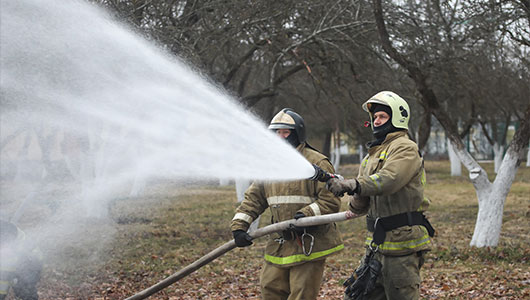
AR-AFFF Foam: Find the Right Formula for Your Needs

AFFF Foam: Your Essential Guide to Fire Safety

Why ECOFOAM is the Future of Environmentally Friendly Firefighting

Foam Concentrates: Sustainable Solutions for Environmentally Conscious Fire Protection
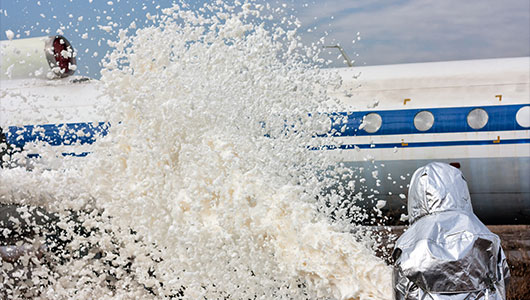
The Right Foam for Every Fire: Synthetic Concentrates for Varied Hazards & Environments

Expansion Foam Concentrate: The Ultimate Solution for Controlling Flammable Liquid Fires
Stop Fire in Its Tracks: Protein Foam's Versatility Across Hazards & Environments

Fluorine-Free Foam (ECOFOAM): Next-Generation Fire Suppression Solutions for Modern Challenges
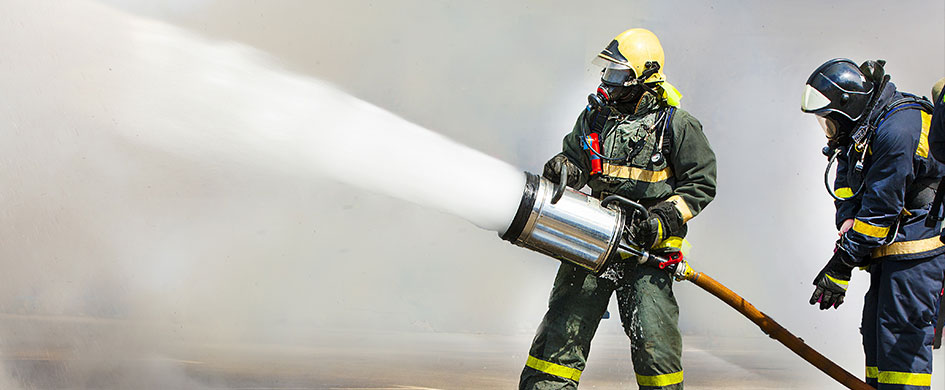
Future of Firefighting is Here: Top Trends in Foam Concentrate Technology Explained

Synthetic Foam Concentrates: The Science Behind Superior Fire Control

Expansion Foam Concentrate: The Game Changer for Fighting Large Fires
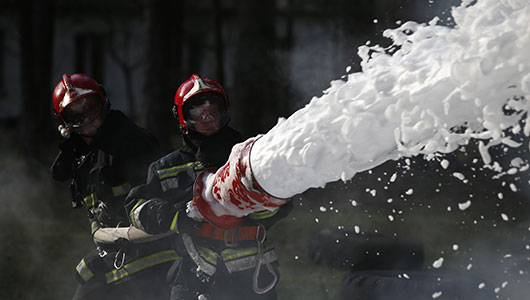
Protein Foam 101: How It Works to Fight Fires
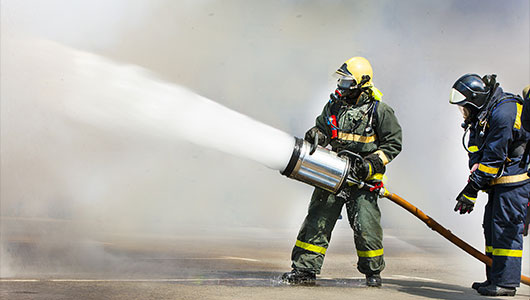
Advantages of Advanced AR-AFFF Foam Technology - Fire Protection Ultimate Guide 2024
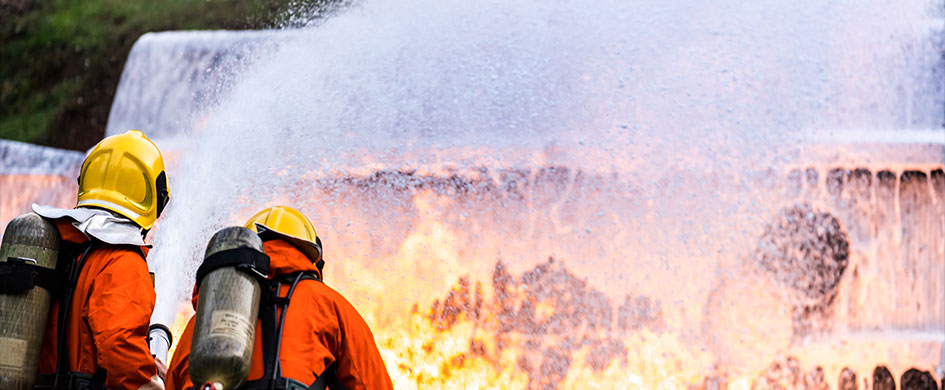
AFFF Fire Suppression: Applications & Benefits for Enhanced Safety
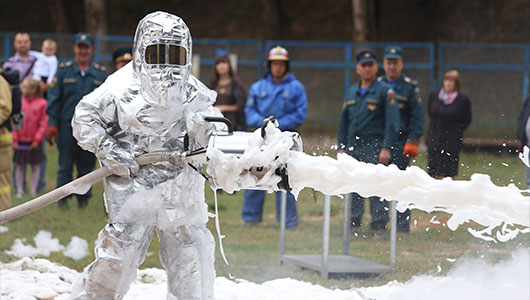
Foam Concentrates vs Traditional Fire Extinguishers: Which is More Effective?

Fight Fires Eco-Friendly: Rise & Future of Fluorine-Free Foam (ECOFOAM)

Synthetic Foam Concentrates: Advancing Fire Suppression with Cutting-Edge Technology

Expand Your Fire Safety Arsenal: Exploring the Versatility of Expansion Foam Concentrate
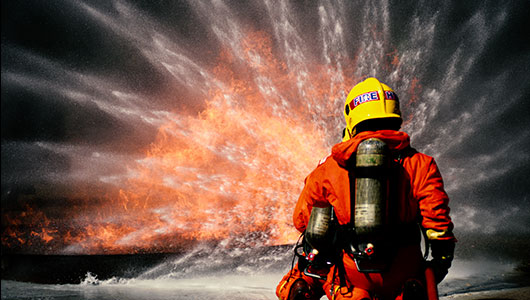
Protein Foam Concentrates: Harnessing Nature's Power for Effective Fire Suppression | Guide 2024
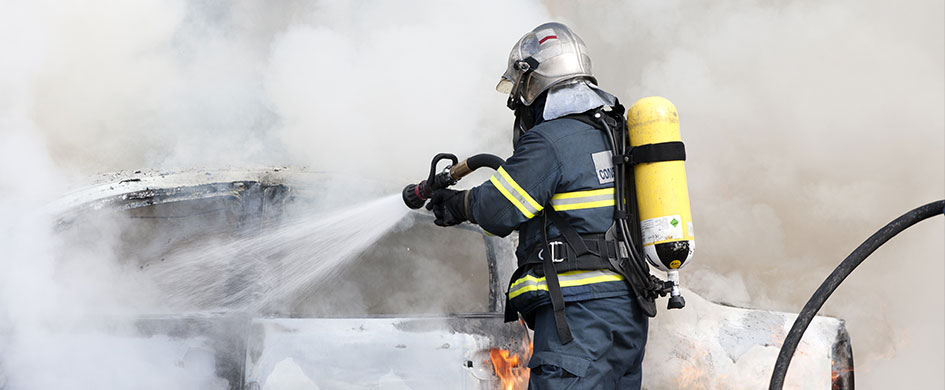
Advanced AR-AFFF Foam: The Cutting-Edge Solution for Superior Fire Suppression Performance

The Rise of Eco-Friendly Fire Suppression: Exploring Fluorine Free Foam (ECOFOAM) Solutions

Foam Concentrates: The Ultimate Guide(2024) to Effective Fire Suppression
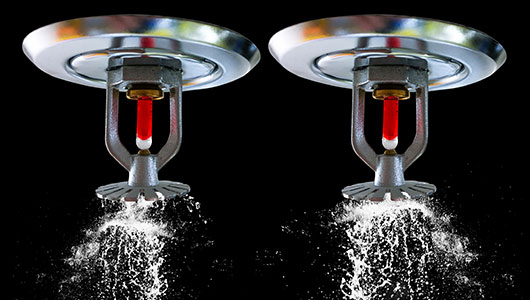
Choosing the Right Fire Sprinkler System for Your Commercial Property
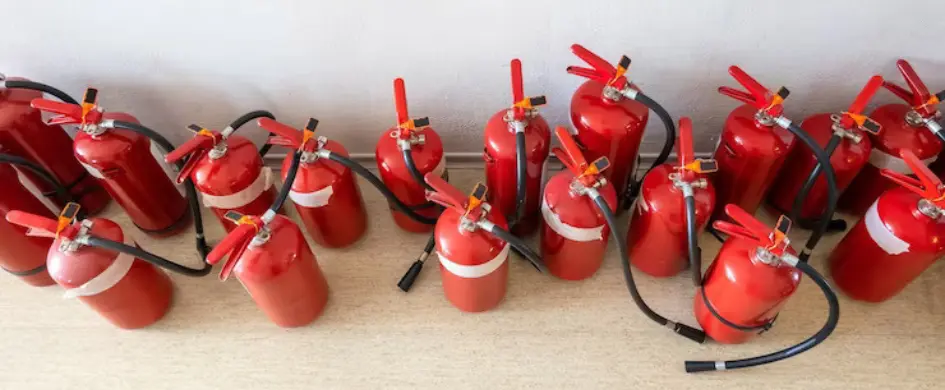
Emergency Evacuation Planning: Steps to Ensure Workplace Safety

The Ultimate Guide to Fire Extinguishers: Types, Uses, and Maintenance
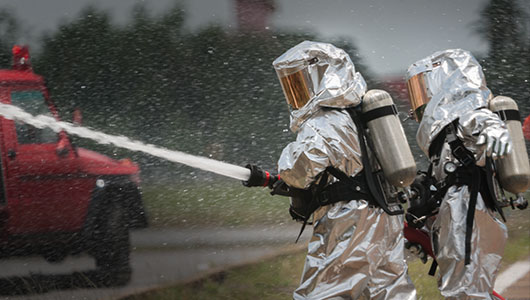
The Role of Personal Protective Equipment (PPE) in Firefighting
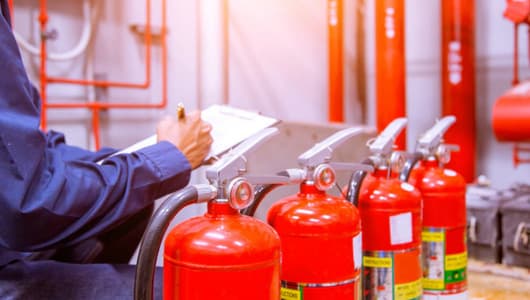
Keeping Your Business Safe: A Comprehensive Guide to Fire Risk Assessments
Protecting Your Electrical Equipment: The Importance of a Fire Suppression System for Electrical Panels
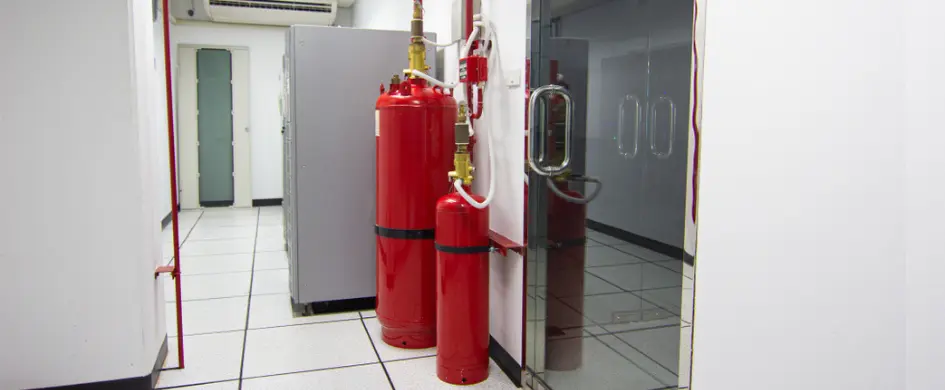
Protect Your Data Center with a Reliable Fire Suppression System

How to choose a water mist fire extinguisher
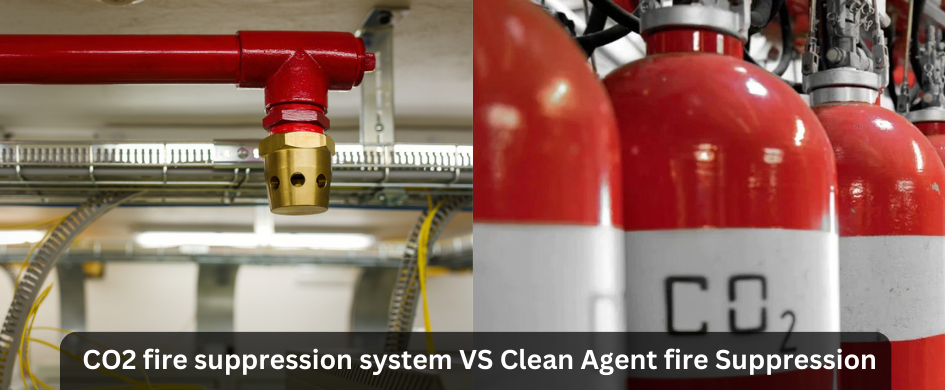
CO2 Fire Suppression System vs Clean Agent fire Suppression
Ensuring Safety in the Factory: Choosing the Right Fire Fighting Equipment
The Top 5 Places Where Fire Suppression Systems are a Must
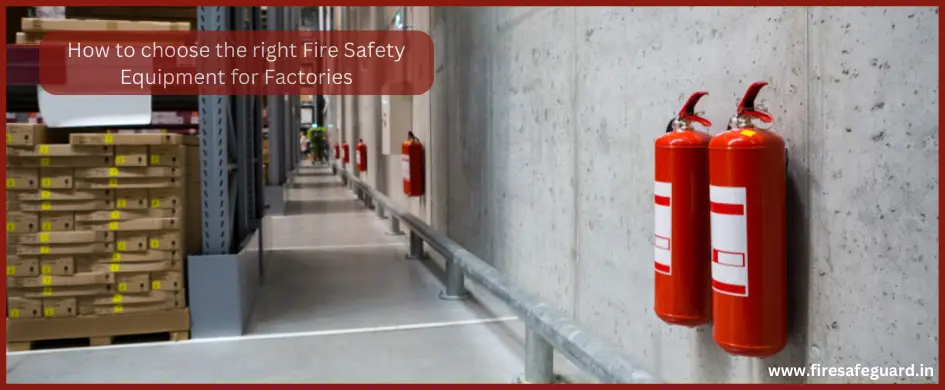
How to Choose the Right Fire Safety Equipment for Factories
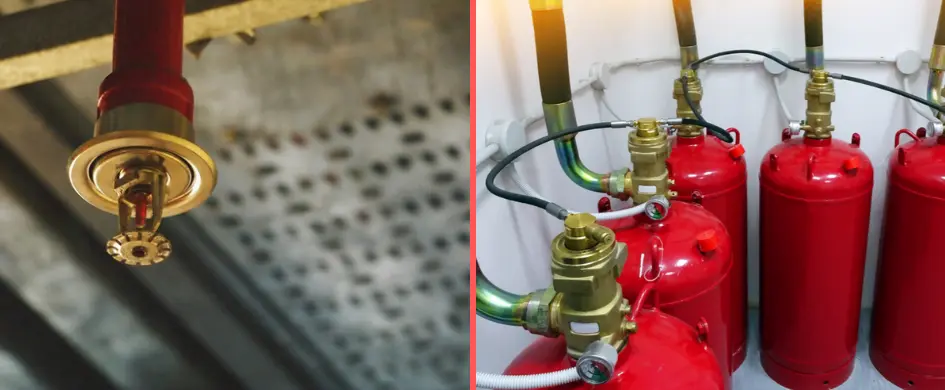
Difference Between Fire Suppression System and Fire Sprinkler
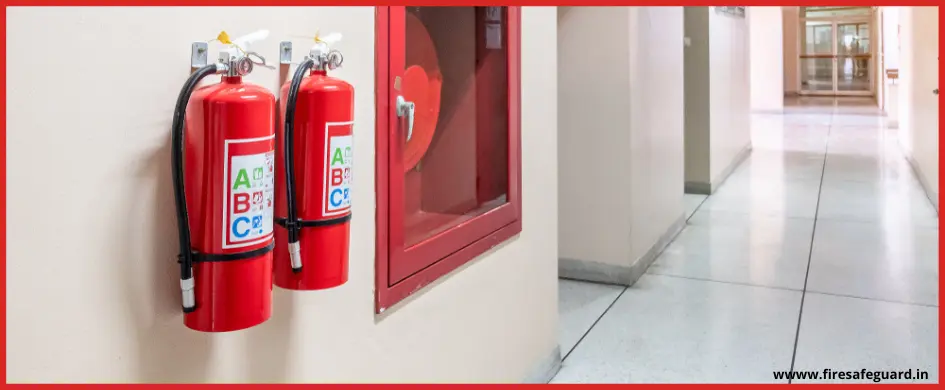
Ultimate Fire Extinguisher Buying Guide for Business owners

Known and Unknown Facts about Fire Everyone Should Know
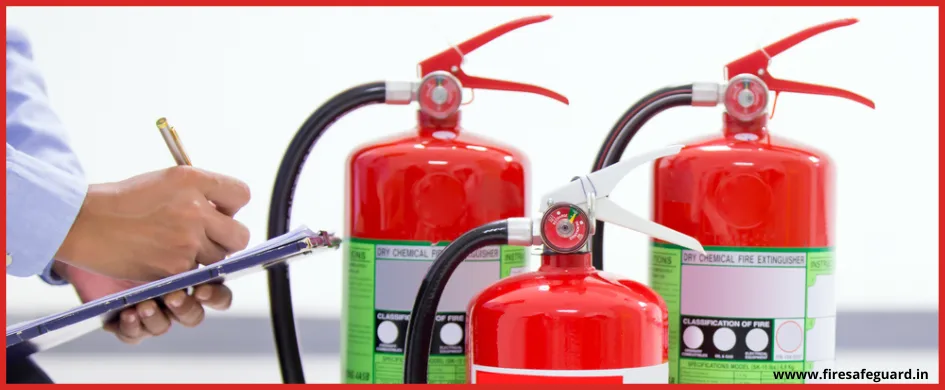
Everything you need to know about Water Type Extinguisher
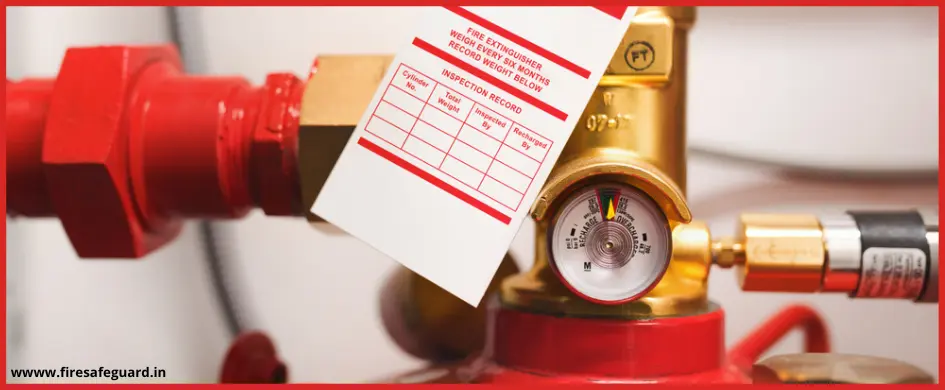
What is a Clean Agent Fire Extinguisher ? Detailed Guide 2024
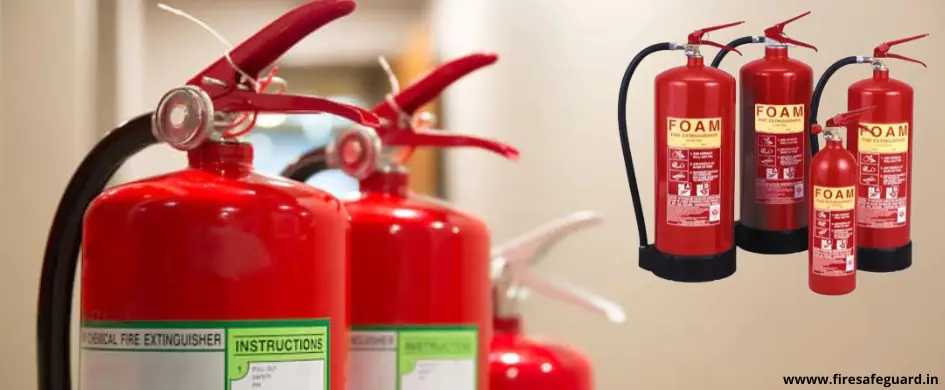
Everything You Need to Know About Foam-Type Fire Extinguishers
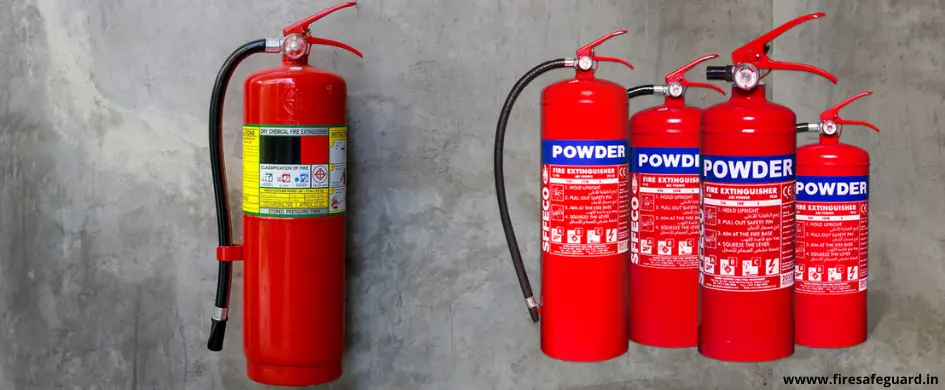
Everything You Need to Know about Dry Chemical Fire Extinguishers - Detailed Guide 2024

Top Fire Extinguisher Manufacturers in India
